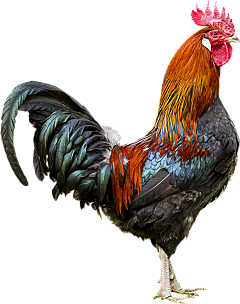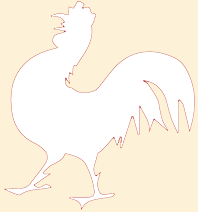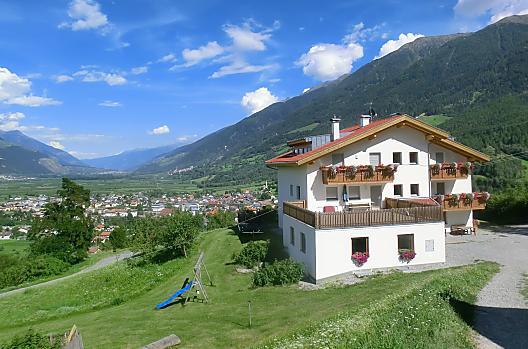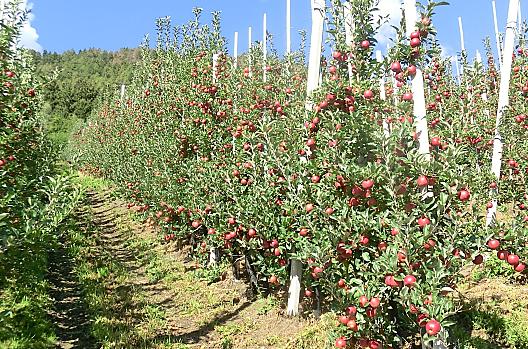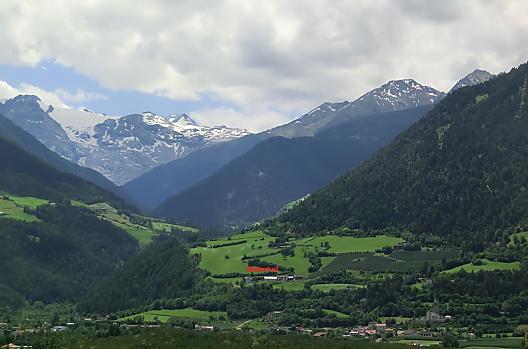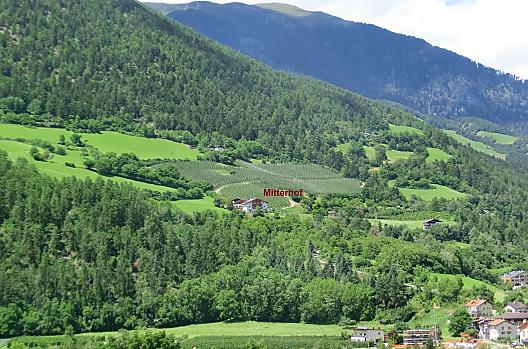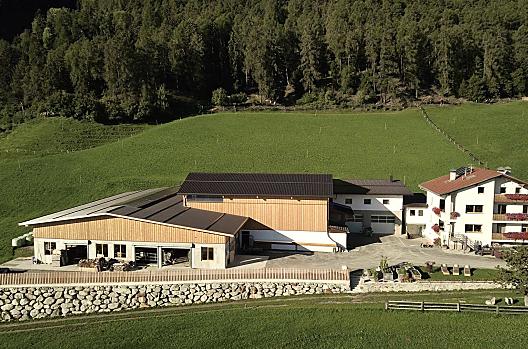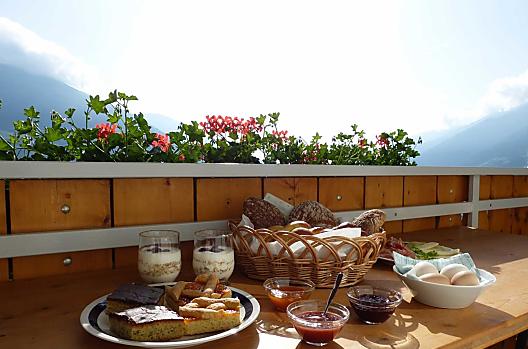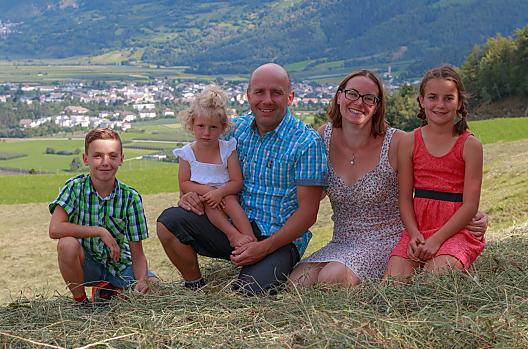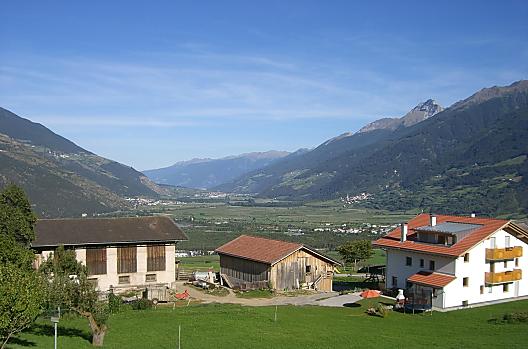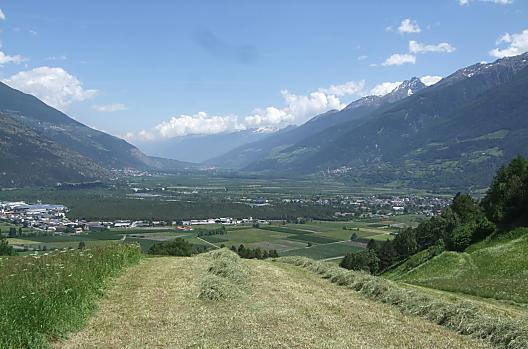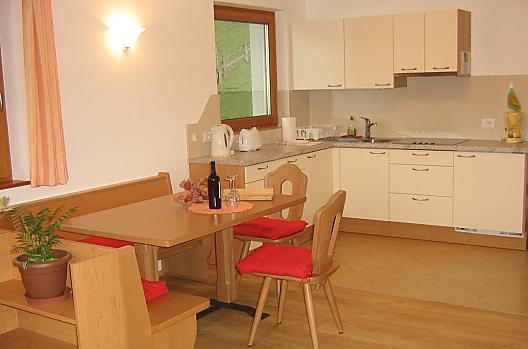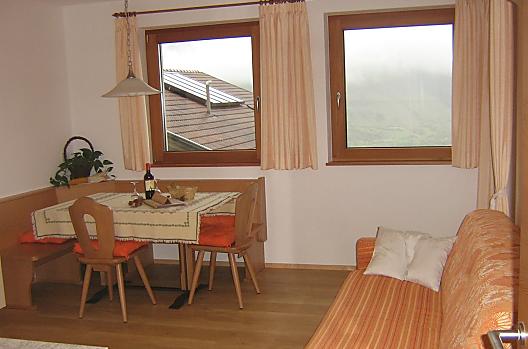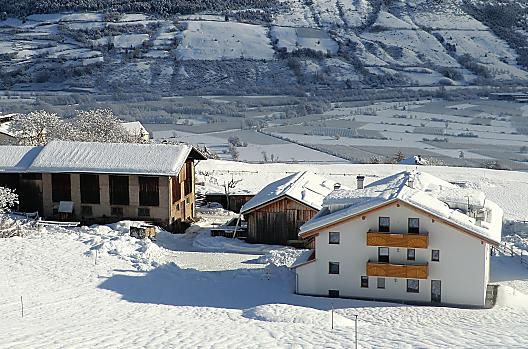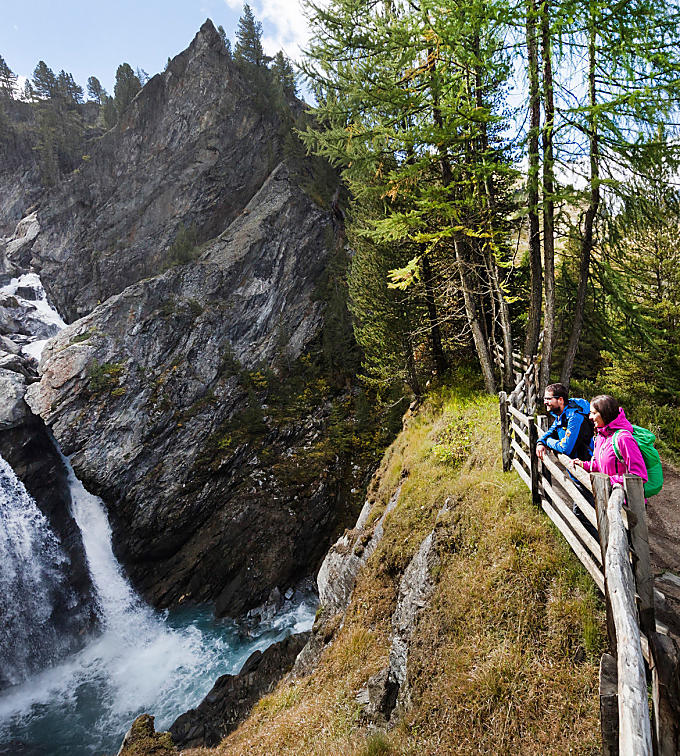
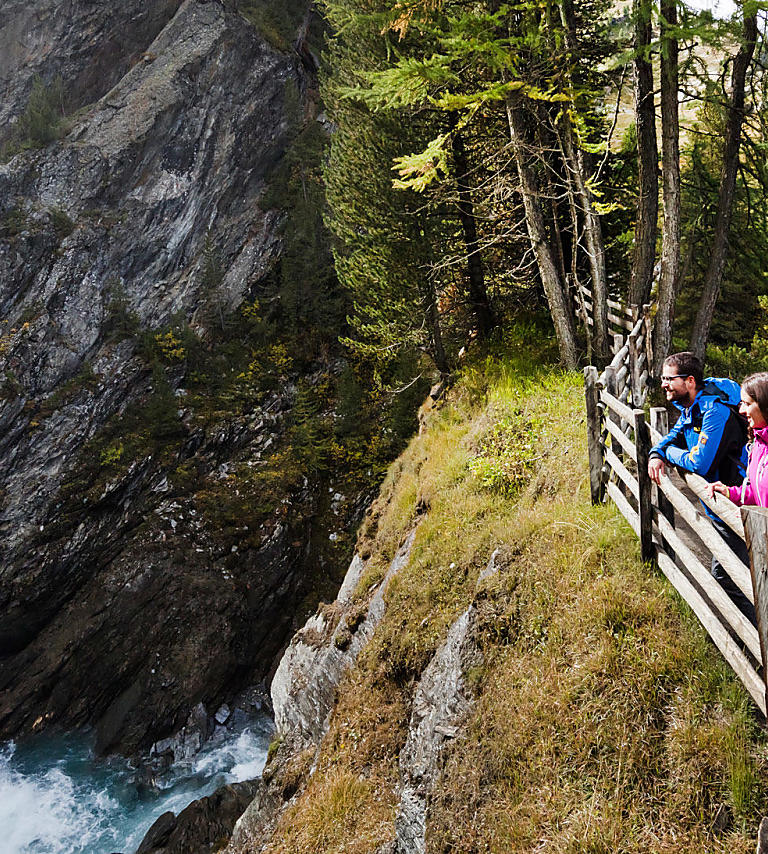
Day trip destination
Stilfserjoch National Park: experience natural beauty
Mountain peaks striving for the heavens, dense woodland, flowering meadows: the beauty of nature is varied and precious and Stilfserjoch National Park in Vinschgau is committed to protecting it.
The landscape in Vinschgau possesses a unique beauty. Woodland and mountains are home to numerous animals and the variety of plant life is impressive. The valuable potential of this countryside was recognised back in 1935 along with the need to protect this natural beauty spot – Stilfserjoch National Park was founded. The park comprises a total area of over 130,000 hectares and stretches from 900 above sea level to the 3,905-metre-high Ortler mountain – the highest point in South Tyrol. Stilfserjoch National Park includes parts of the provinces of South Tyrol, Trentino, Brescia and Sondrio. The following South Tyrol villages are in it: Stilfs, Prad am Stilfserjoch, Glurns, Taufers im Münstertal, Mals, Laas, Schlanders, Martell, Latsch and Ulten.
Plant life
The plants in Stilfserjoch National Park have adapted to the adverse conditions of the higher-lying terrain. They can cope well with the cold, storms and the intense rays of the sun. An example is the Glacier Buttercup, the record holder for altitude amongst the flowering plants in the Alps. This plant is protected beneath the snow until the snow melts and the first rays of the sun reach the soil. Then it blossoms and has been spotted even at 4,275 metres above sea level. While the snow is melting, on the other hand, the lilac-coloured flowers of the Snowbell catch the eye of mountain climbers. Stilfserjoch National Park continues to amaze thanks to the will of its plants to survive.
The habitat of endangered species
A hike in Stilfserjoch National Park takes you into marmot country. Anyone who has ever been hiking here will have heard the sharp whistle that these funny little chipmunks emit to warn their kind of potential danger. With a little luck, you can see one squatting on its hind legs to survey its surroundings. Only their habit of hibernating for six to seven months a year allows these cute Alpine dwellers to use the inhospitable high terrain as their habitat. An especially exciting experience is sighting a bearded vulture flying free. This has been possible in Stilfserjoch National Park for some time. In Martelltal valley, eleven young bearded vultures were released into the wild between the years 2000 to 2008. A few pairs have already made the nature reserve their territory and two young vultures hatched in 2015 and 2016 in Martelltal valley. This was the first natural brood of bearded vultures to be born in South Tyrol for 100 years.

Hiking on themed paths
A number of themed paths lead hikers and visitors to Stilfserjoch National Park. The 'Goldseeweg' path is a high altitude path with fascinating views of the Ortler mountain. It leads from Stilfserjoch past Goldsee lake to Furkelhütte refuge above Trafoi. The 'Höfeweg', on the other hand, gives an insight into the hard life of farmers on the mountain farms around Stilfs and Lichtenberg. The Strawberry Trail runs along the valley basin of Martelltal – this focusses on the particularly aromatic, red mountain strawberry, of course.
National Park Visitors' Centres to discover
There are six National Park Visitors' Centres in Stilfserjoch National Park dedicated to the different areas connected with the main topic of nature and landscape. Children can indulge their curiosity and spirit of discovery to the full here, too.
At aquaprad National Park Visitors' Centre in Prad am Stilfserjoch, the topic is water. At avimundus in the pedestrian area of Schlanders, the focus is on birds. And culturamartell in Martelltal valley features a modern museum of local history. In Ulten, you can find out all about wood at Lahnersäge National Park Visitors' Centre, while naturatrafoi in Trafoi covers the geology of the Ortler group of mountains.
National Park
Further information
The Visitor Centre ‘naturatrafoi’ of the Stelvio National Park is situated in Trafoi at the Stelvio Pass road.
The exhibition offers interesting insight into the geology of the Ortler group and the survival and adjustment of flora and fauna to the extreme climate conditions in the high mountain region.
Impressive photo panels, an exhibition cinema, as well as rocks and furs introduce visitors to the ‘Life on the Edge’. For little visitors, we have prepared some games, fairy-tale listening stations, as well as a stone puzzle for ‘active understanding’.
There is free access to the information area on the ground floor. The admission fee for the exhibition area is €3.00 per person.
Parking place n. 2, about 50 m walk to the centre.
Parking place n. 1, about 500 m walk to the centre (Large parking lot, fee required).
Parking place n. 3, about 500 m walk to the centre.
Public bus, line 271.

